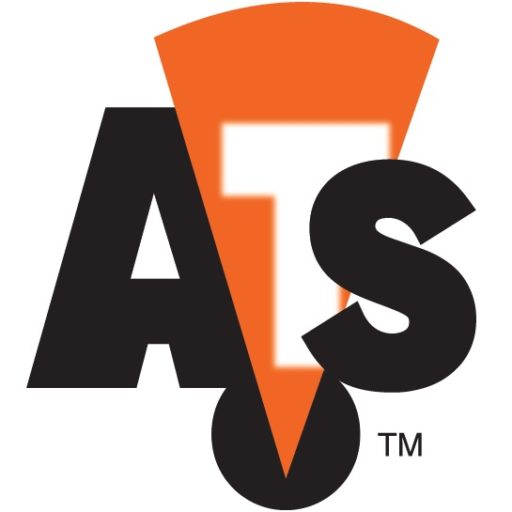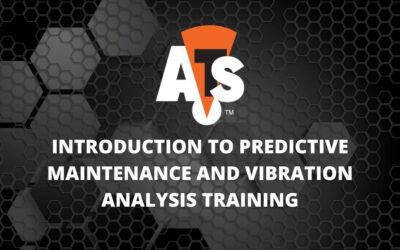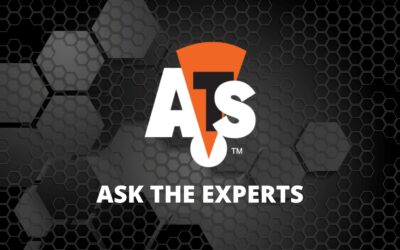We live in an age where information has become more important than just data. Management rarely wants to know more than what needs to be done and when to machinery assets, to ensure safety and ongoing production.
The most effective way to communicate recommended corrective actions from condition monitoring and evaluation programs is through the main portal used to plan and schedule work – the CMMS. This puts the discovered problem and the recommended action directly in front of the planning and scheduling maintenance managers. Once entered into the CMMS the “work recommendation” goes through the same review, approval and release process that any other one in the system follows. (Note that we use the term “work recommendation” in this discussion rather than the term “work request” or “maintenance notification” to avoid any ambiguity or conflict of terms as these are used differently in various CMMS systems.) Of course, condition monitoring findings that indicate immediate or near-term health, safety and environmental production risks still need the “all-points bulletin” approach to notification to the operations, maintenance, and reliability engineering departments.
Many companies use contractors as well as direct employees to manage and maintain their CMMS. Even more allow anybody, regardless of position or status within the organization, to enter work recommendations into the system. Safety conscious industries, especially, encourage the culture of notification and reporting of anything that even remotely seems amiss. This is especially important in these post-covid times of continuing to operate with reduced staffing levels. Any observation that appears out of the ordinary warrants some level of investigation and should be documented in the CMMS.
This is particularly important for our customers with installed monitoring instruments that we monitor remotely – every machine, every workday. ATS communicates our findings to our site point(s) of contact directly and via our client-specific web portal. While reasonably effective, this requires that our point(s) of contact are either looking at our results or at least are available to receive our recommendations when we communicate them outward. Our most effective customers are those who have given us access to their CMMS so that when we observe something in the data that warrants corrective action, scheduled or immediate, we enter it directly into their work management system, thus minimizing communication-related delays. Of course, work is not automatically triggered by our entries – they still need to go through the same planning, scheduling, and release approval processes as every other “work recommendation” in their system.






0 Comments